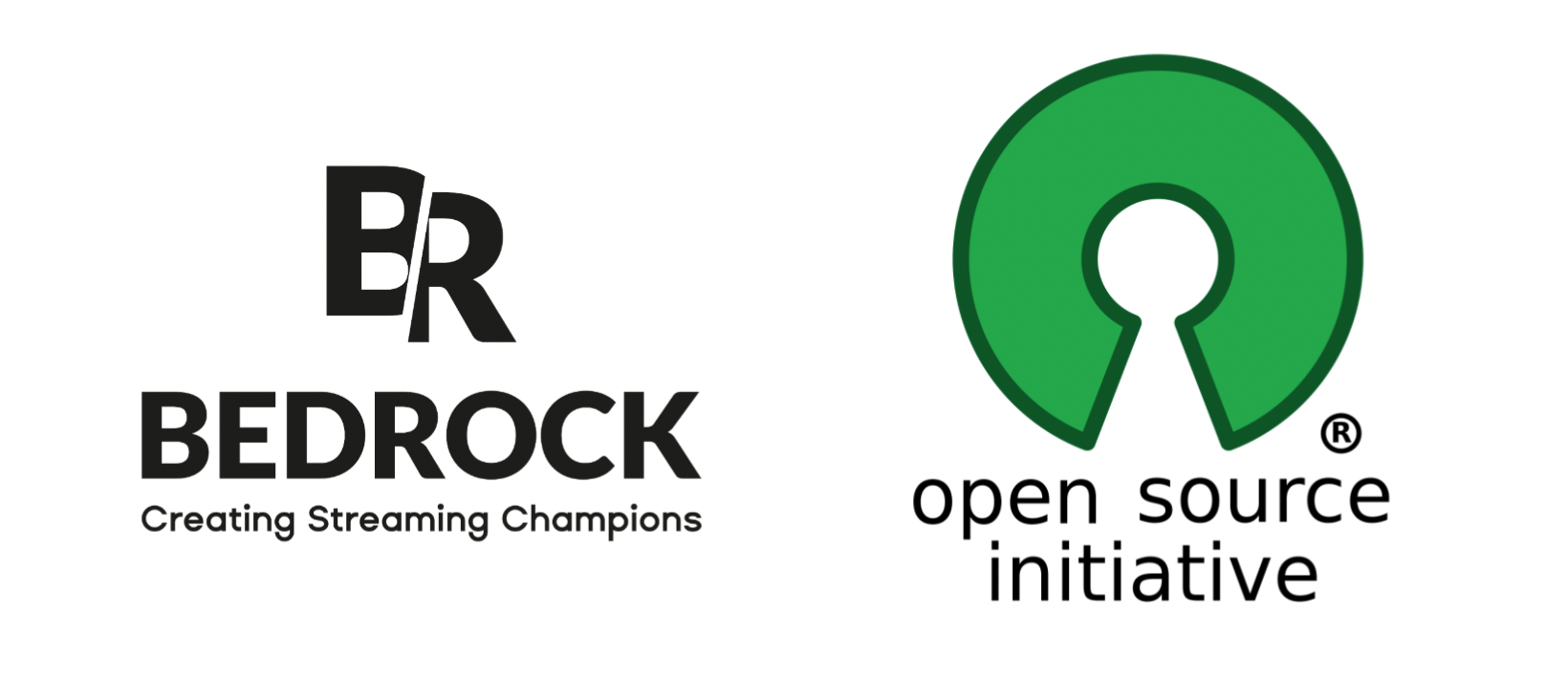Creating Streaming Champions
La facilitation spectacle : Entre artifices et intention.
Présenté par Camille Cousin & Marie-Andrée Jolibois.
Courir: la voi(e/x) du fondeur
Présenté par Thomas Sontag.
Découvrez comment cloner Shazam!
Présenté par Moustapha Agack.
Découvrez comment faire du chaos engineering dans le frontend.
Présenté par Thibaud Courtoison.
Bullet Journal.
Présenté par Bénédicte Garcia.
 Hugo Riffiod
-
September 20, 2022
Hugo Riffiod
-
September 20, 2022
Subtitles, open captions, closed captions, SDH, oh my!
Monitoring at Bedrock :
At Bedrock Streaming, a large part of our applications are hosted on Kubernetes clusters, others use the EC2 service from AWS and a small part are hosted on “OnPremise” servers.
Recently, a colleague asked me:
 Valentin Claras
-
September 02, 2022
Valentin Claras
-
September 02, 2022
Hi! We’re going to start our fourth article about Bedrock’s API gateway.
Today we will talk about the circuit breaker pattern, what it is, and how we’re using it.
Previously we discussed how we manage the load of our Kubernetes clusters and how we can anticipate our needs with prescaling. Today, we are here to share our solution that we have reworked and open sourced!
